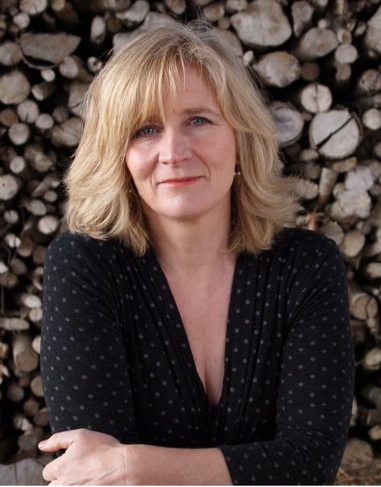Today’s guest post comes from the talented Amanda Hodgkinson, whose second historical novel comes out in February 2014. Amanda offers her insights into the art of writing historical fiction.
Historical fiction is not just about the past. It’s about us and who we are today as much as it is about who we were before. While historical accuracy is important (a novel set in the eighteenth century is unlikely to have somebody whip an iphone out of their pocket for example), for me what’s more important are the characters and the story they tell. Above all, a novel should entertain and enthrall. It should capture our imaginations and also allow us to reflect on our own lives.
Choose your era
My novel, 22 Britannia Road is set just after the Second World War, when the diaspora of displaced persons across Europe was in full flow. Silvana and Janusz Nowak are a young Polish couple. Newly married with a baby son called Aurek, they are separated in 1939 when Janusz joins up as a soldier. They will not see each other again for six long years.
The novel begins in 1946 when Silvana and seven-year-old Aurek, stand on the deck of a ship that will take them to England. There, Janusz is making ready their new home at 22 Britannia Road. This should be a happy ending for the Nowaks. The war is over. Peace is settling over Europe. But Silvana cannot forget a devastating act undertaken in the extremes of war. Janusz too, has secrets he cannot speak of. And Aurek is a wild, almost feral child who wants nothing to do with his father…
Be open to ideas
For some historical novelists, undertaking research can be the catalyst for the beginnings of a novel. Certainly, the more I read about the post-war period, the more I knew I wanted to write about the effects war can have on our private, domestic lives. The initial gleam of a story though, irrespective of the era, might come from anywhere. Inspiration can be hard to pin down, which is why writers often grimace when asked where they get their ideas from.
Ideas, quite simply, are all around us. You just have to be open to them. All the ebay-boot-sale junk of life is rich with stories. Inspiration might tap you on the shoulder as you people-watch on a café terrace or as you stand staring at rain through a steamed up window. Ideas can be born in gossip and eavesdropping, in the rush of the day or the long hours of a sleepless night.
The inspiration for 22 Britannia Road came from the radio. I listened to a woman remembering her childhood in Russia during the Second World War. Her family had been so hungry they ate grass, berries, the bark of birch trees. An image came to me; a young woman in a silver birch forest. I wrote a poem and a boy appeared beside her. The idea for 22 Britannia Road began to take form.
Come to know your characters
I decided my forest woman and child were not Russian but Polish. In East Anglia, where I lived at the time, there was a significant number of Polish servicemen who had stayed in Britain after the war and I had long been interested in their histories. I mentioned this to a friend and she introduced me to an elderly Polish man who lived in a red-brick cottage on a farm in East Anglia. He’d served in the British army during the war and stayed on in the UK. We sat in his living room drinking tea out of gold-rimmed glasses set in metal holders. Old calendars hung on the walls, years and years worth of them; faded images of Polish forests and villages, rivers and farmland, ancient castles and cities. I was captivated. By the time I got home I knew I had made the right decision.
Researching the novel took me to many places though I never physically went to Poland, much as I would have loved to. My children were young and I barely had time to write, let alone take time out to travel! In any case, the Poland I was writing about was not the Poland of today, just as England in the 1940s was a country I could visit only in my imagination. Some writers need to see a place in order to write about it but I felt freer combining paper research with doing what writers do best – making things up.
At the same time, researching for 22 Britannia Road was a serious undertaking – hugely interesting and emotionally draining at times. I spent many hours at The Imperial War Museum, at newspaper archives and in libraries. I conducted Google searches, interviewed people and read first-hand accounts of war-time and post-war life. I listened to the music of the period and developed an obsession for 1930s and 1940s Polish poetry and literature.
Use your imagination
I finished my research and put it all aside to concentrate on the story and let the characters lead me. I wanted to write with an emotional honesty, without shirking the truth, about life and love and the choices people make. Historical fiction might rely on background work but it is always for me an act of the imagination. And as Albert Einstein so beautifully put it, ‘Imagination is the highest form of research.’
Amanda Hodgkinson lives in an old stone house on a hill in South West France with her husband and two daughters. 22 Britannia Road is her first novel. Published in twenty countries, it has won and been shortlisted for literary prizes in the UK, France and Italy. Amanda’s second novel, Spilt Milk, is due out in February 2014 (Penguin Books).
If you would like to contribute a guest post to SkyLightRain.com, great! Send an email to Judy (at) socketcreative.com stating what you’d like to write about and I’ll be in touch.

